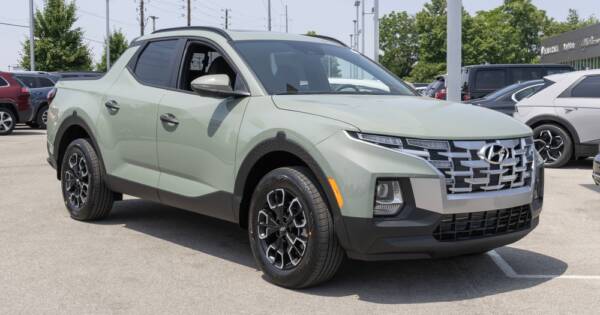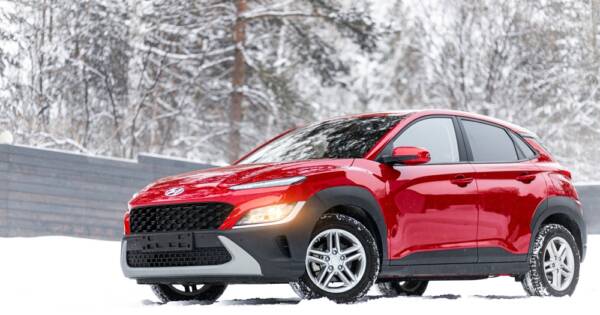The Jeep Wrangler is iconic, with a reputation for rugged durability and off-road capability that’s hard to match. It’s a favorite among adventure enthusiasts, offering the flexibility to tackle challenging terrains while maintaining a distinctive style. However, it’s not a one-size-fits-all vehicle. If you’re considering the Wrangler, it’s important to weigh the pros and cons, especially if you plan to use it as a daily driver.
Why Choose a Jeep Wrangler?
The Wrangler’s main appeal lies in its unmatched off-road capability. Built with a sturdy body-on-frame design, high ground clearance, and features like locking differentials, the Wrangler is engineered to handle rugged trails, steep climbs, and rocky landscapes. If you’re an outdoor enthusiast or someone who frequently goes off the beaten path, the Wrangler’s performance on rough terrains could be invaluable.
For those who enjoy open-air driving, the Wrangler offers removable doors, roof panels, and a fold-down windshield. If you want to experience a versatile ride that connects you to the outdoors, few vehicles deliver the same experience. Its unique design has remained relatively consistent over the years, creating a classic look that appeals to both Jeep purists and style-conscious buyers alike.
Key Features to Consider
Jeep Wranglers come with several configurations, offering options like two- or four-door models, soft or hard tops, and various trim levels. If you’re interested in the latest technology, higher trims offer advanced features such as touchscreen infotainment systems, Apple CarPlay, and adaptive cruise control. Additionally, if fuel efficiency is a concern, the plug-in hybrid Wrangler 4xe may be worth exploring, offering both electric-only and hybrid driving modes for better fuel economy.
Although the Wrangler excels off-road, it may not offer the most comfortable ride for everyday use. Its solid axle suspension, which is perfect for handling uneven surfaces, can feel stiff on paved roads, leading to a bumpy ride on highways or in the city. If you’re planning to use the Wrangler mainly for commuting or family outings, it might be worthwhile to consider how its rugged design might impact comfort during long drives.
Practical Drawbacks of the Jeep Wrangler
While the Jeep Wrangler has undeniable strengths, it does come with some limitations. First, the Wrangler’s fuel economy is generally lower than other SUVs in its class, particularly if you opt for the larger V6 engine. If fuel efficiency is a high priority, you may find the Wrangler’s consumption on the high side.
Another factor to consider is cabin space. While the four-door models provide more room, both two- and four-door Wranglers can feel cramped, especially in the rear seats. The Wrangler’s cargo space is also limited compared to other SUVs, so if you need a spacious vehicle for frequent road trips or hauling gear, you might want to evaluate if the Wrangler’s size and layout align with your lifestyle.
Additionally, due to its high center of gravity, the Wrangler has a slightly lower rollover safety rating than some other SUVs. If safety is your main focus, exploring additional safety features or looking at other models within Jeep’s lineup might be a smart move.
Is the Jeep Wrangler the Right Choice?
The Jeep Wrangler is ideal for those who value adventure and off-road capabilities. If you’re an outdoor enthusiast who can handle the rugged design and doesn’t mind sacrificing some daily comfort, the Wrangler could be an excellent match.
However, if your primary needs center around fuel efficiency, a spacious interior, or smoother on-road handling, you might want to consider alternatives. Weighing these factors can help you decide whether the Jeep Wrangler is the best choice for your next vehicle purchase.





